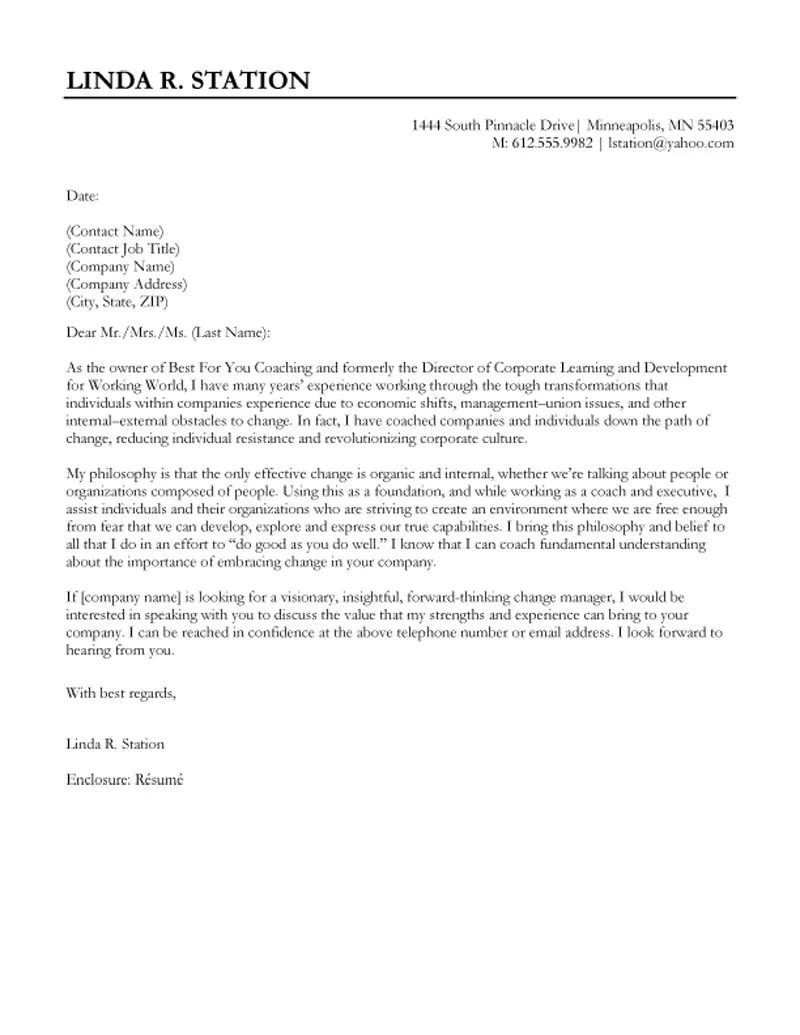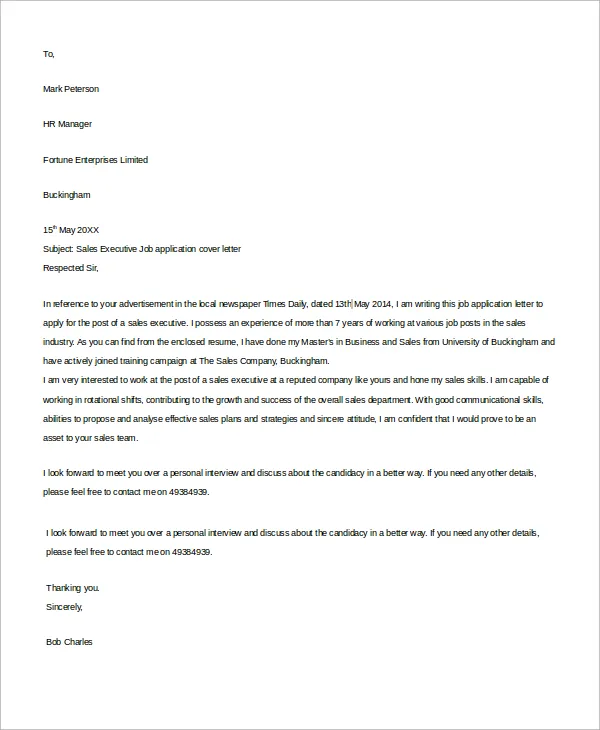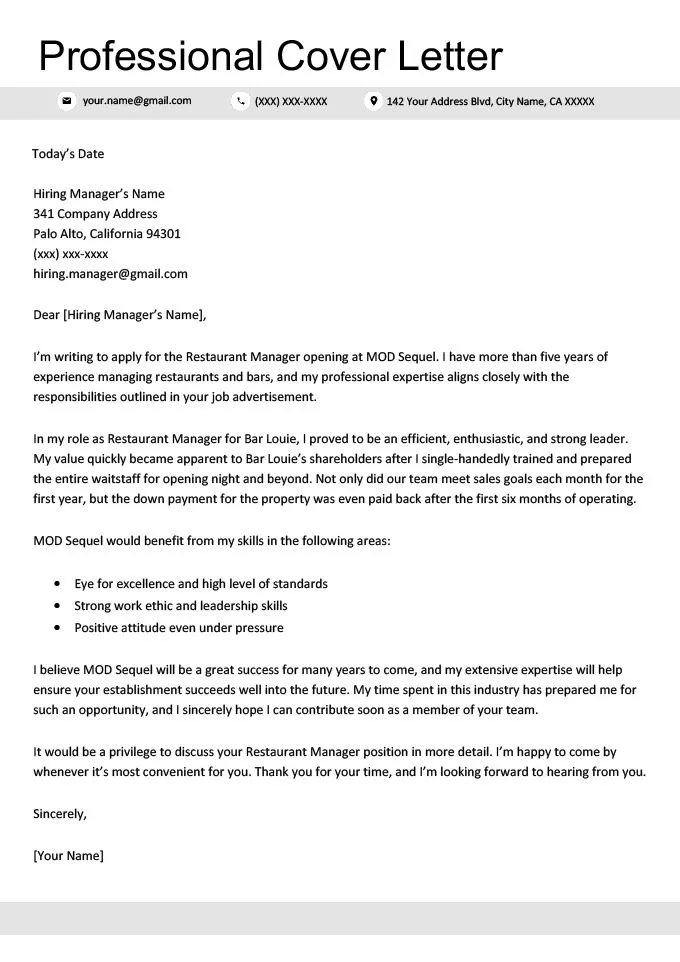Why a Cover Letter Matters
In the competitive world of job applications, a well-crafted cover letter can be the key that unlocks your dream job. Think of it as your personal introduction, a chance to make a strong first impression that goes beyond the static details of your resume. A cover letter provides the opportunity to showcase your personality, passion, and unique qualifications in a way that a resume alone cannot. It’s your chance to connect with the hiring manager on a more personal level, demonstrating why you’re not just qualified, but the perfect fit for their organization and the specific role. Furthermore, it allows you to tailor your application to the specific job, highlighting the skills and experiences that are most relevant to the position. In essence, a cover letter is your advocate, championing your candidacy and making a compelling case for why you deserve an interview.
Cover Letter Secrets to Apply Job
Creating a compelling cover letter is an art, and mastering its secrets can significantly boost your chances of landing an interview. First, personalize your letter. Avoid generic templates; instead, research the company and the specific role, and address the hiring manager by name whenever possible. Second, focus on showcasing your achievements rather than simply listing your responsibilities. Use the STAR method (Situation, Task, Action, Result) to demonstrate how you’ve made a positive impact in previous roles. Third, keep it concise and easy to read. Aim for one page, using clear and concise language. Fourth, highlight your key skills and experiences that align with the job requirements. Don’t just repeat what’s in your resume; elaborate on your accomplishments and quantify your results whenever possible. By implementing these secrets, you’ll craft a cover letter that grabs attention and sets you apart from the competition.
Highlight Your Skills

One of the most important aspects of a successful cover letter is highlighting your key skills and how they align with the job requirements. Start by carefully reviewing the job description and identifying the skills and experiences the employer is seeking. Then, in your cover letter, explicitly mention those skills and provide specific examples of how you’ve demonstrated them in your previous roles. For example, if the job requires strong communication skills, you might describe a project where you successfully presented to a large audience or mediated a conflict between team members. Whenever possible, quantify your achievements to showcase the impact of your skills. Instead of saying “Managed social media accounts,” say “Increased social media engagement by 30% within six months.” This demonstrates your abilities and provides tangible evidence of your value to the company.
Tailor the Cover Letter
Generic cover letters are a surefire way to end up in the rejection pile. To make your application stand out, you must tailor each cover letter to the specific job you’re applying for. This means more than just changing the company name; it involves researching the company, understanding its values, and identifying the key skills and experiences the employer is seeking. Once you have this information, highlight the aspects of your background that are most relevant to the role. Explain why you’re a good fit for the company and how your skills and experience align with their needs. This might involve modifying your resume slightly to emphasize certain accomplishments or using specific keywords from the job description. By tailoring your cover letter, you show the employer that you’ve taken the time to understand their needs and that you’re genuinely interested in the opportunity. This level of customization demonstrates initiative and increases your chances of getting an interview.
Address the Hiring Manager
A simple yet effective way to personalize your cover letter is to address the hiring manager by name. This shows that you’ve taken the time to research the company and the role, and it makes your application feel less generic. If possible, find the hiring manager’s name on the company website, LinkedIn, or through networking. However, if you can’t find a specific name, it’s perfectly acceptable to use a more general greeting, such as “Dear Hiring Team” or “Dear [Department Name] Hiring Manager.” Avoid generic greetings like “To Whom It May Concern,” as they signal a lack of effort and attention to detail. By addressing the hiring manager by name, you create a personal connection and demonstrate your genuine interest in the position. This small detail can make a big difference in making a positive impression.
Proofread and Perfect

A cover letter riddled with typos and grammatical errors can instantly disqualify you from consideration. Proofreading and perfecting your cover letter is an absolute must. Before submitting your application, carefully read through your letter multiple times, checking for any errors in spelling, grammar, punctuation, and formatting. It’s also helpful to have a friend or family member review your letter, as they may catch mistakes that you’ve overlooked. In addition to proofreading, pay attention to the overall tone and clarity of your writing. Ensure that your cover letter is well-organized, easy to read, and free of jargon or overly complex language. A polished and error-free cover letter demonstrates your attention to detail and professionalism, leaving a positive impression on the hiring manager.
Call to Action
Your cover letter should always conclude with a clear call to action. This is your final opportunity to reiterate your interest in the position and make it easy for the hiring manager to move forward. A strong call to action should explicitly state your desire for an interview and provide a way for the hiring manager to contact you. For example, you might write, “I am eager to learn more about this opportunity and discuss how my skills and experience can benefit your team. Thank you for your time and consideration. I look forward to hearing from you soon.” You could also include your phone number and email address, and make sure they are up-to-date. By including a clear call to action, you make it easy for the hiring manager to take the next step, increasing your chances of landing an interview and ultimately securing the job.
